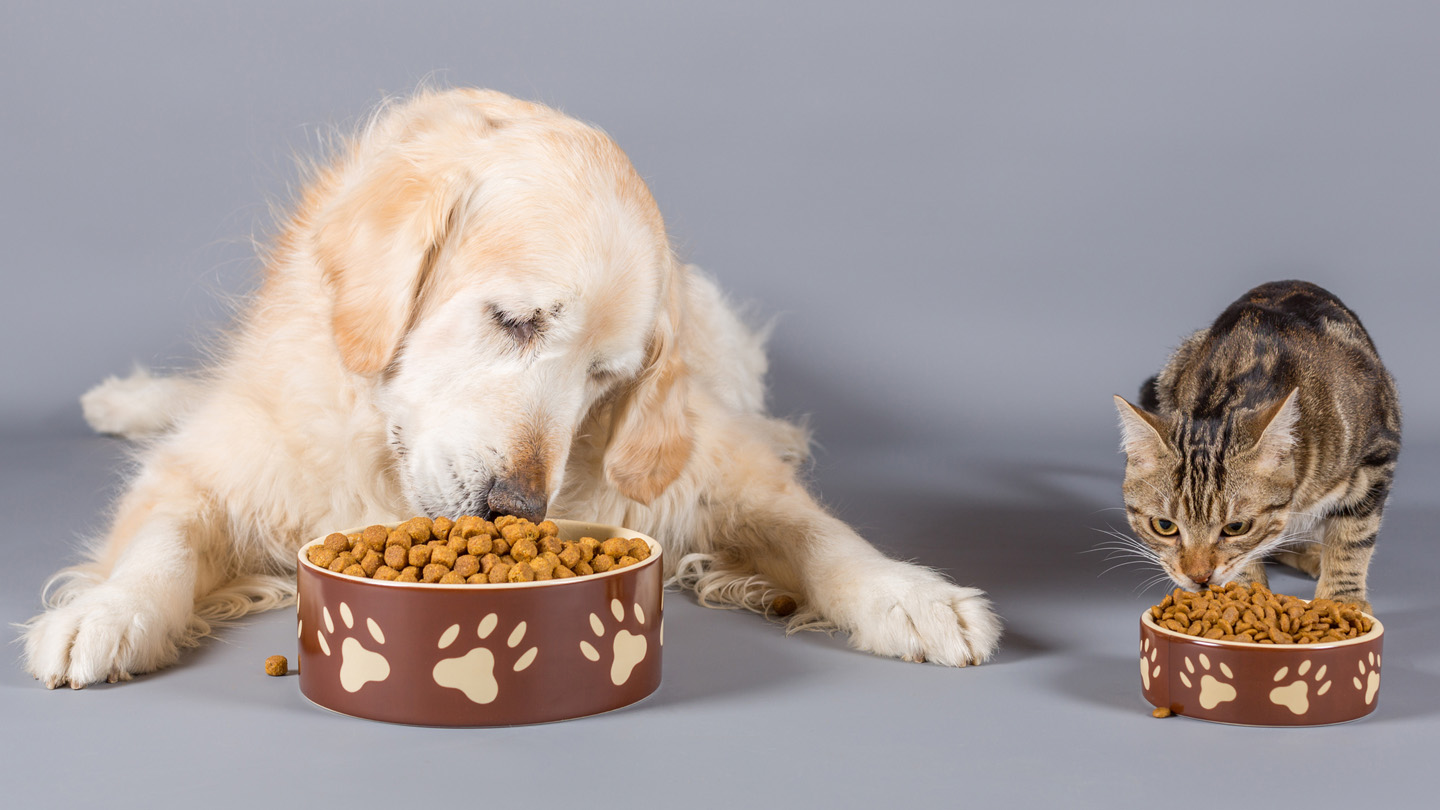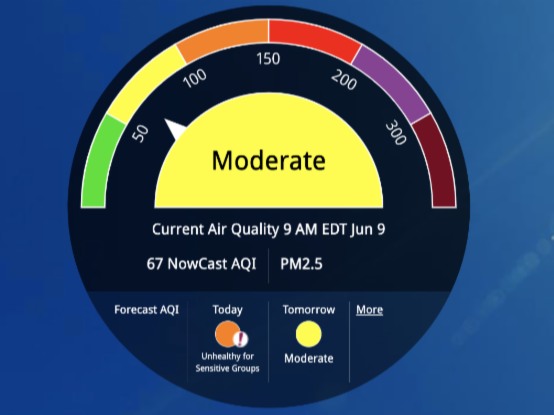Pet owners may have a new reason to reach for the kibble.
Dry cat and dog food tends to be better for the environment than wet food, veterinary nutritionist Vivian Pedrinelli of the University of São Paulo in Brazil and colleagues report. Their analysis of more than 900 hundred pet diets shows that nearly 90 percent of calories in wet chow comes from animal sources. That’s roughly double the share of calories from animal ingredients in dry food.
The team factored in the cost of different pet food ingredients across several environmental measures. The findings, described November 17 in Scientific Reports, suggest that wet food production uses more land and water and emits more greenhouse gases than dry food.
Scientists already knew that meat-heavy human diets drive greenhouse gas emissions (SN: 5/5/22). But when it comes to environmental sustainability, “we shouldn’t ignore pet food,” says Peter Alexander, an economist at the University of Edinburgh who was not involved in the work.
Just how much various pet foods impact the environment isn’t clear, Alexander says. Commercial cat and canine fares aren’t typically made from prime cuts of meat. Instead, the ingredient lists often include animal byproducts — the gristle and bits people aren’t likely to eat anyway.
How to calculate the carbon cost of these leftovers is an ongoing debate, says Gregory Okin, an environmental scientist at the University of California, Los Angeles who was not involved with the study.
Some argue that the byproducts in pet food are essentially free, since they come from animals already raised for human consumption. Others note that any calories require energy and therefore incur an environmental cost. Plus, animal ingredients in pet food might not be just scraps. If they contain even a small amount of human-edible meat, that could add up to a big impact.
Knowing that there’s an environmental difference between moist morsels and crunchier cuisines could be helpful for eco-conscious pet owners, Okin says. Having that info handy at the grocery store is “super important when people are making decisions,” he adds. “There are consumers who want to pay attention.”














